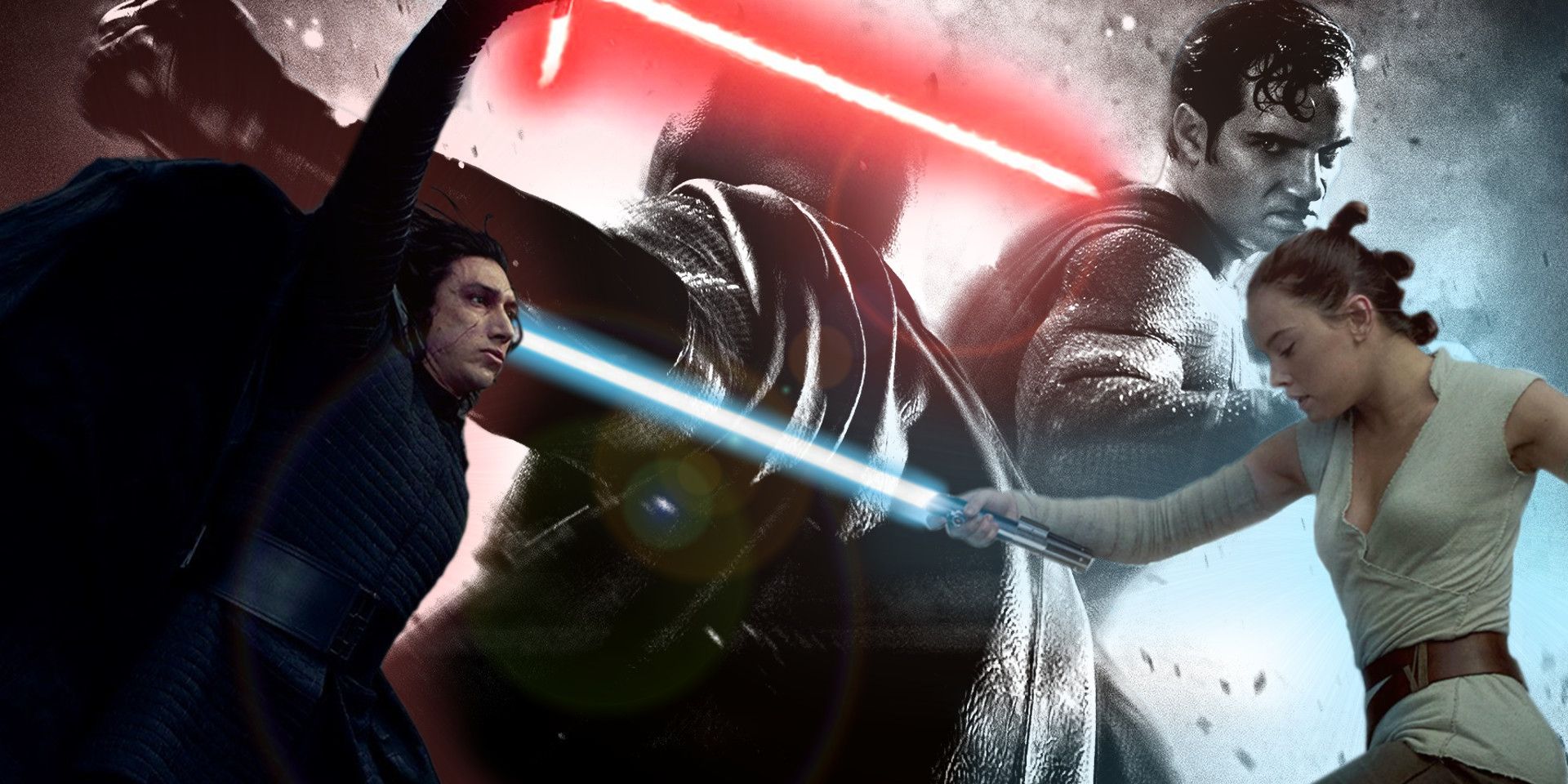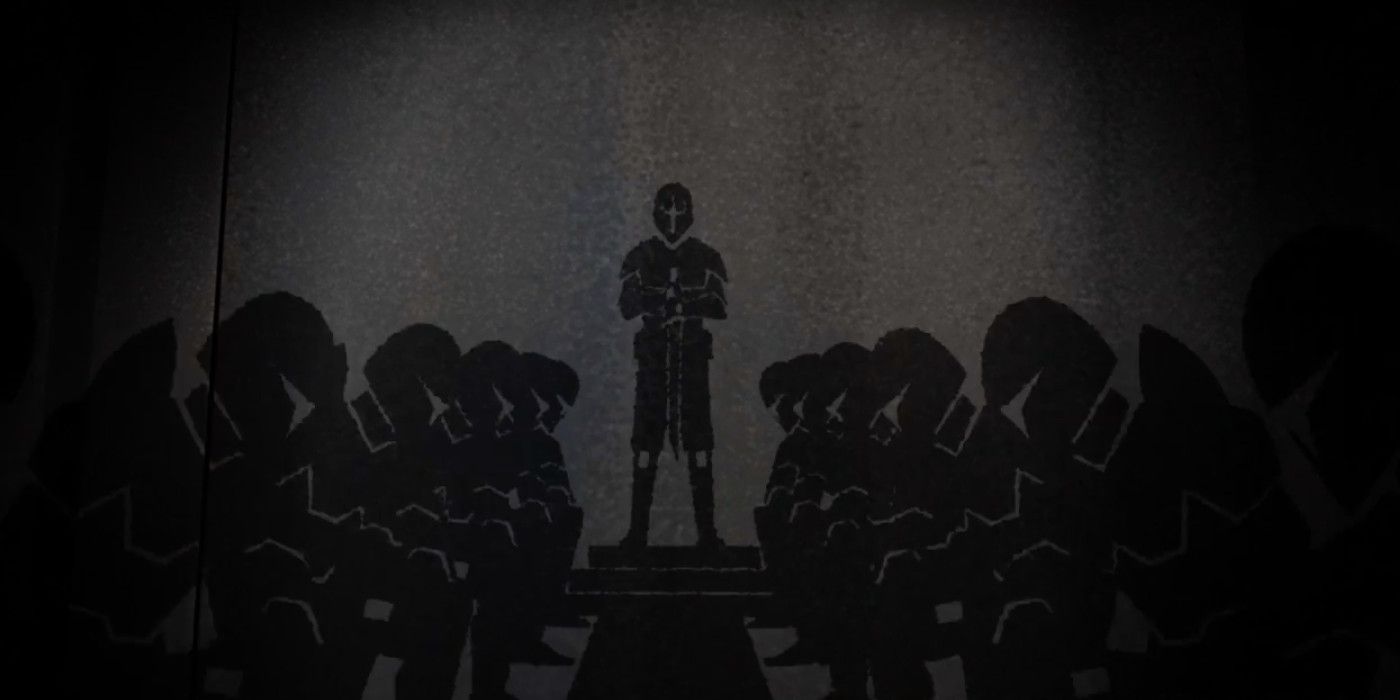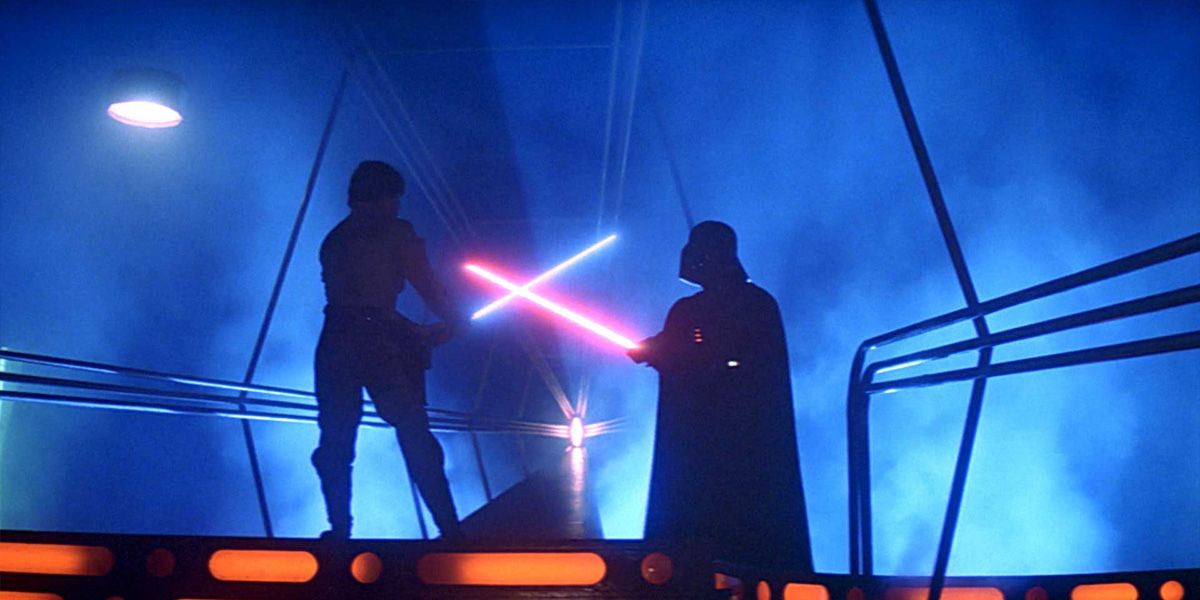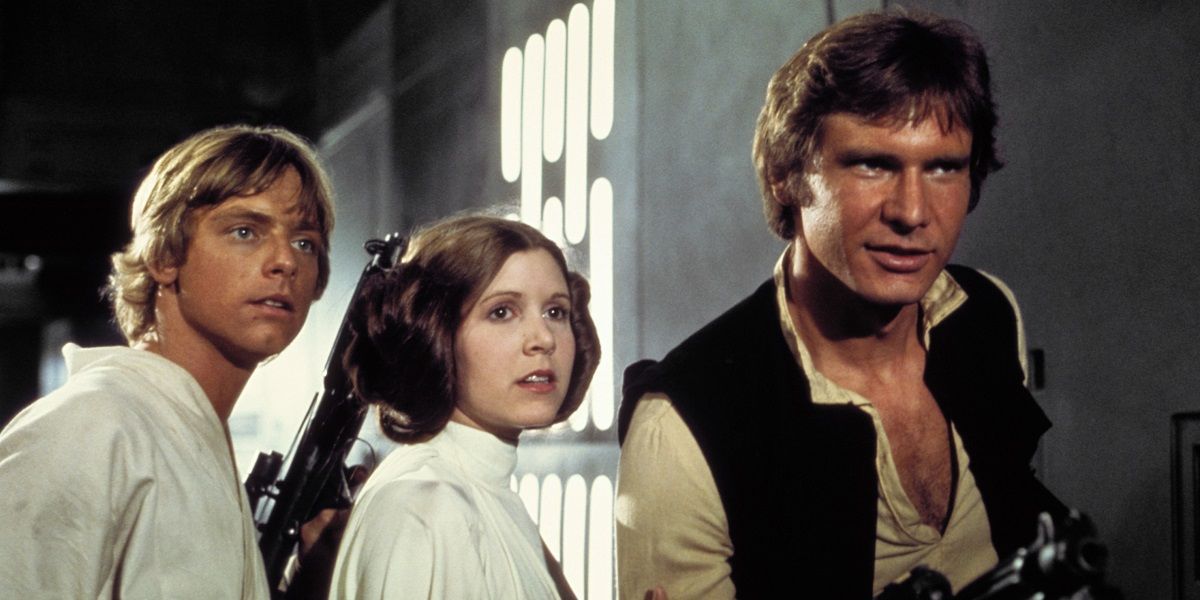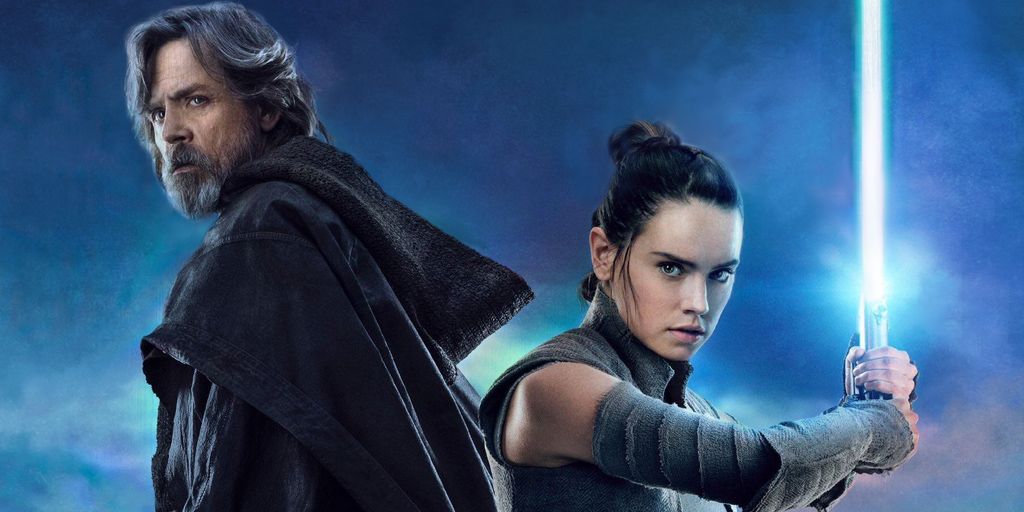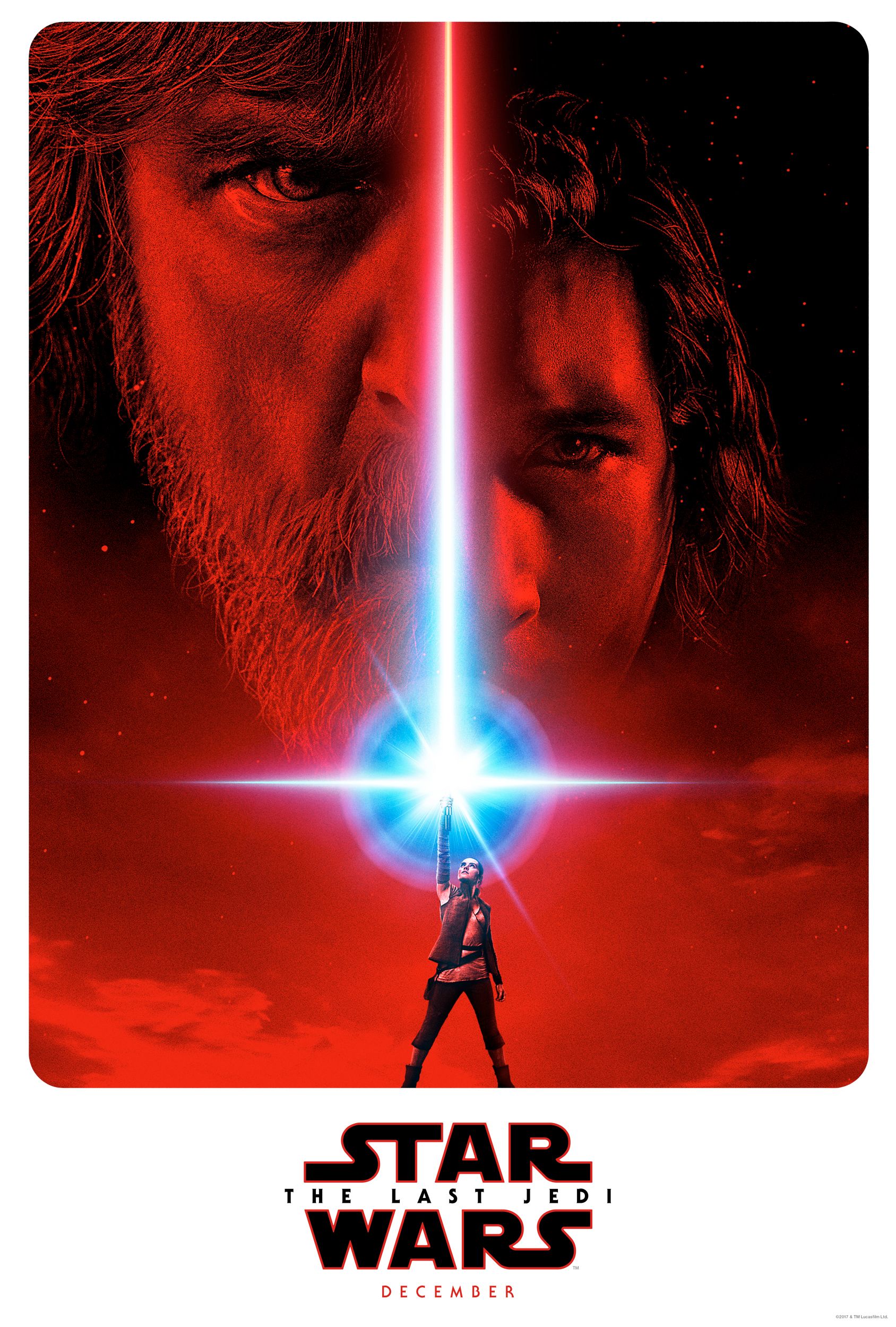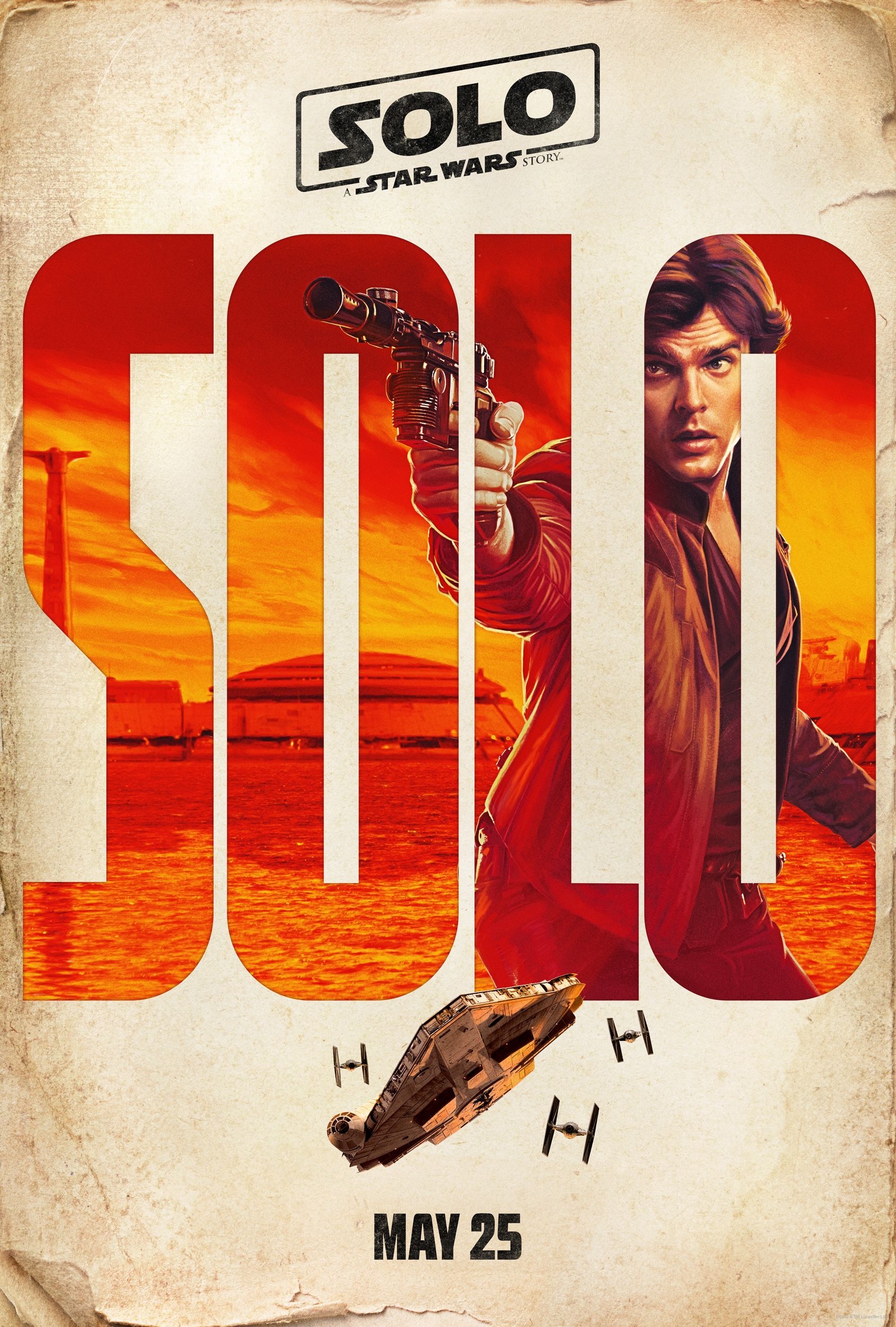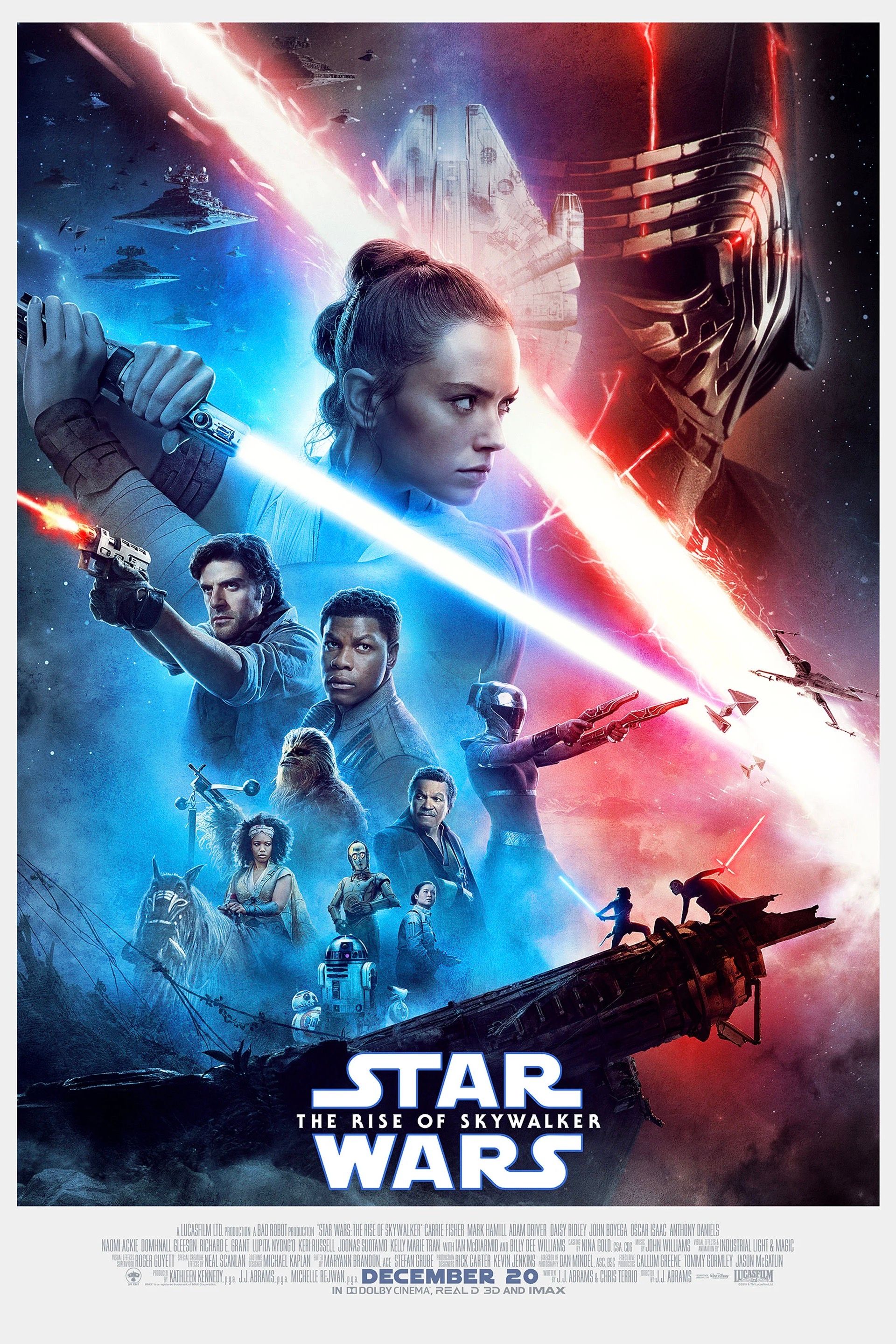As the dust settles from yet another director shakeup in the Star Wars franchise, Episode IX has a new director, two new writers, and a new release date, putting it into direct competition with Wonder Woman 2 in December 2019.Returning to the director's chair after giving Rian Johnson a turn with The Last Jedi is J.J. Abrams, the director of The Force Awakens. He will also be co-writing the script with the aid of Chris Terrio - the Oscar winning writer known for his work on Argo, Batman v Superman: Dawn of Justice, and this November's Justice League. This news drew myriad reactions from Star Wars fandom, with some loving the return of Abrams, but raising an eyebrow at Terrio due to the divisive reception to his DCEU films, while others expressed concern that Abrams was "too safe" of a choice but were excited by Terrio's potentially fresh addition to the Star Wars universe.As two creative minds that have previous involvement in popular franchises like Star Wars and the DCEU, it's more than understandable that people would have opinions on their past work. J.J. Abrams, despite the criticisms against him, has already proven himself in the Star Wars franchise, guiding its return from (what many people thought was) its cinematic death to the tune of over $2 billion at the box office. There are some things he could improve on, and we've already covered what he needs to do differently for Episode IX, but what about Chris Terrio? Could the man that wrote Batman v Superman possibly create a Star Wars story that isn't equally derided? Most certainly.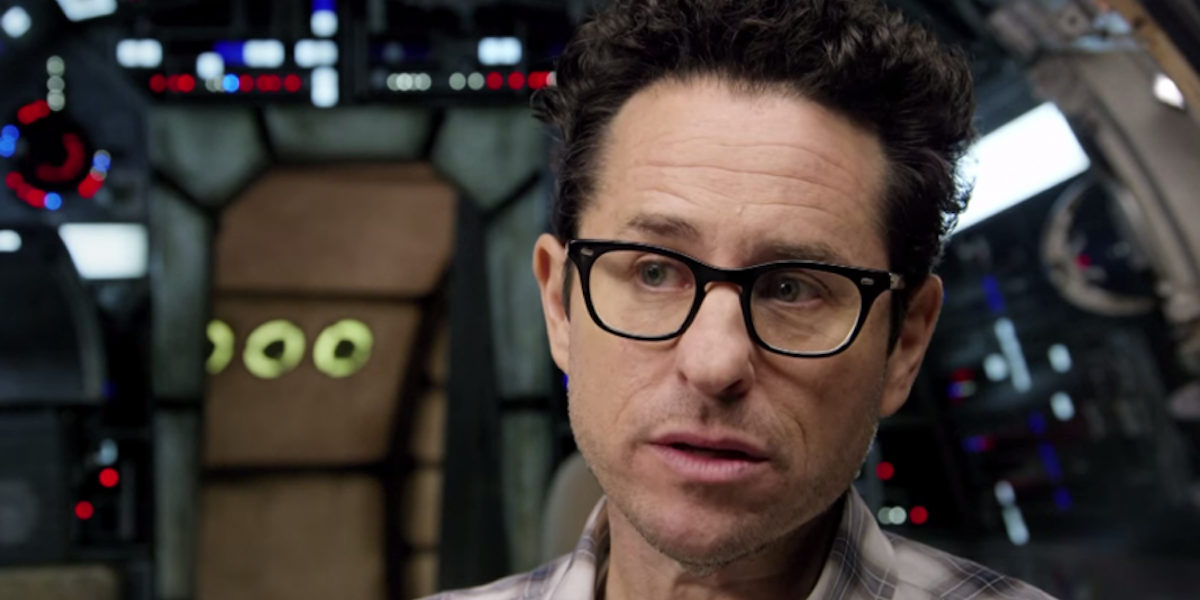 Not only does Terrio have what it takes to write a great Star Wars movie, but his writing could be the first to truly bridge the divide between what some fans love about the prequel lore, while still keeping it grounded in that ever-praised original trilogy style dialogue and world-building. But don't worry, this isn't going to be another defense of Batman v Superman. That has been done and you're welcome to read that if you haven't yet. Zack Snyder's aggressive visual style is known for being polarizing with mainstream audiences, so it's not a surprise that BvS saw a similar reception. There are also plenty of oft-cited gripes with the story, from "Martha!" to the complex plotting to character representation that is atypical to what most audiences are familiar with from previous comic book movies (despite a historical basis for the interpretations in the comics).Separate him from the controversy of the DCEU and his work speaks for itself. When paired with a more well-respected director in Ben Affleck for Ago, he walked away with numerous nominations and award, including recognition by the WGA and the Academy Awards for best-adapted screenplay. This accomplishment on its own should put the rest of his work in context. Outside of this prestige, though, he excels in a few areas that should make any die-hard Star Wars fan salivate.
Not only does Terrio have what it takes to write a great Star Wars movie, but his writing could be the first to truly bridge the divide between what some fans love about the prequel lore, while still keeping it grounded in that ever-praised original trilogy style dialogue and world-building. But don't worry, this isn't going to be another defense of Batman v Superman. That has been done and you're welcome to read that if you haven't yet. Zack Snyder's aggressive visual style is known for being polarizing with mainstream audiences, so it's not a surprise that BvS saw a similar reception. There are also plenty of oft-cited gripes with the story, from "Martha!" to the complex plotting to character representation that is atypical to what most audiences are familiar with from previous comic book movies (despite a historical basis for the interpretations in the comics).Separate him from the controversy of the DCEU and his work speaks for itself. When paired with a more well-respected director in Ben Affleck for Ago, he walked away with numerous nominations and award, including recognition by the WGA and the Academy Awards for best-adapted screenplay. This accomplishment on its own should put the rest of his work in context. Outside of this prestige, though, he excels in a few areas that should make any die-hard Star Wars fan salivate.
This page: Chris Terrio's Work Speaks For Itself
An Emphasis on History and Lore
As everyone knows, the Star Wars universe is home to a vast and ever expanding canon of stories, lore, and world building. While casual audiences can't be expected to know or track much of this minutiae, others consume as much as possible and watch the movies with a keen eye for any easter eggs or references to the smaller corners of the universe they've explored. This is most effectively seen in Rogue One. While The Force Awakens definitely had its fair share of Easter eggs and references, Rogue One wasn't only packed to the brim with major and minor callbacks to The Clone Wars, Star Wars Rebels, and various novels and it actually made some of those elements, like Saw Gerrera and kyber crystals, a core part of the story. When it comes to the shared universe of Star Wars, Rogue One told fans that all the non-movie material, while non-essential to understanding or enjoying the movie, adds a number of layers to certain characters and events, making the extra canon a more rewarding experience than just loose tie-ins.
This is the kind of story Chris Terrio's writing thrives in. During the press for Batman v Superman, he gave some insight into his preparation and research for writing the screenplay:
"This has been the most rigorous intellectual exercise I've had in my writing life. For 'Batman v Superman,' I wanted to really dig into everything from ideas about American power to the structure of revenge tragedies to the huge canon of DC Comics to Amazon mythology. For iJustice League,' I could be reading in the same day about red- and blueshifts in physics, Diodorus of Sicily and his account of the war between Amazons and Atlanteans, or deep-sea biology and what kind of life plausibly might be in the Mariana Trench.
If you told me the most rigorous dramaturgical and intellectual product of my life would be superhero movies, I would say you were crazy. But I do think fans deserve that. I felt I owed the fan base all of my body and soul for two years because anything less wouldn't have been appreciating the opportunity I had.
With that kind of enthusiasm for lore and world-building, and an already assumed tight collaboration with the Lucasfilm Story Group, Terrio will no doubt turn out the kind of Star Wars story fans have been longing for, not just resolving the plots and thematic arcs set up in The Force Awakens and The Last Jedi, but even bringing in some longer running elements established in other canon media.
The Archetypal Characters of Star Wars
George Lucas has a famous infatuation with Joseph Campbell's hero's journey and other mythical archetypes, making archetypal characters one of the core tenets of Star Wars storytelling. In the DCEU, Man of Steel told a more traditional hero's journey, and Batman is introduced in BvS as a pre-existing character, meaning that's already a path he had to travel (in fact, it's a journey he partially reverse's between the destruction of metropolis and his confrontation with Superman) so Terrio didn't lift that same approach for Batman v Superman, but he still looked to mythical characters for his inspiration:
œIt's almost archetypal. In Batman's origin [the murder of his parents], the primary thing I was thinking about is the fact he falls. It's the primary metaphor for Western literature: There was a moment before and then everything fell. That brings up questions of Superman.
œI began to think Batman and Superman occupy different parts of the mythic imagination. In superhero stories, Batman is Pluto, god of the underworld, and Superman is Apollo, god of the sky. That began to be really interesting to me”that their conflict is not just due to manipulation, but their very existence. In the end, there's a common humanity which I think is discovered at a certain moment in the film.
This obviously sounds quite lofty, and this approach to Batman v Superman was clearly one critics didn't respond to, but the fact that J.J. Abrams is collaborating with Terrio on the script serves as the perfect counter balance to ensure that, despite embracing a larger than life mythological underpinning, the screenplay will still maintain Abrams' tried and true ability to deliver a story that audiences can digest and enjoy.
That Classic "Star Wars-y" Dialogue
While George Lucas has declared on several occasions that he doesn't think dialogue is very important, the original trilogy movies are among some of the most quotable movies in history. The prequels are commonly derided for their dialogue, and while they have their defenders, the closest the prequel dialogue has ever come to mainstream acceptance is through the recent prequel meme trend on Reddit.
One of the biggest failures of The Force Awakens was how much of the actual backstory takes a backseat to the action, and things like the politics are only briefly hinted at with the destruction of Hosnian Prime and completely ignored otherwise. The prequels always draw ire for the political dialogue, but people quickly forget that some of the best scenes in the original trilogy, like The Death Star conference room scene in A New Hope, or even a surprising amount of dialogue in Cloud City during The Empire Strikes Back sheds light on the galactic political situation, taking information that might seem boring when simply spoken by a group of people just standing around talking in the senate chambers, but this is an area Terrio mastered with his work on Argo. He even described this writing process to Vulture as "The toughest scene I wrote:"
"One of the more common critiques of a screenplay one is likely to hear in Hollywood is that a script has "too many men in rooms talking" (which always strikes me as bizarre, since roughly two thirds of The Godfather consists of men in rooms talking. Taken to heart, this note would have given us the tarantella and not "I believe in America" as the opening of the greatest Hollywood film ever made). I knew before I even attempted to write what became Scene 58 of Argo ” a scene of nine men sitting in a conference room talking through various scenarios for a cover story to get Americans out of Iran ” that the scene would be more difficult to pull off than any of the more (ostensibly) complicated set pieces in the film."
"As I wrote and rewrote the scene, trying to get the tone right, I found myself returning to screenplays by writers like Chayefsky and Goldman, two masters who were writing at the time that Argo takes place (Goldman is, of course, still writing and still a master). In their films of the period, one line spoken by a man (or a woman) in a room could change the tone not only of a scene, but of an entire film. And these writers could do it without grandiloquence, but with precision, and often with spitballs ” shifting a conversation with an ironic barb that could render the boardroom of a television network or an editorial meeting at the Washington Post speechless. How would these guys write the scene?"
The fact that Terrio could create good scenes out of the simple "people in a room talking" situations that prequels are saddled with while still providing the kind of world building dialogue and banter Lawrence Kasdan did so in the Star Wars movies he wrote, particularly Empire Strikes Back, definitely bodes well for Episode IX. Lines in Terrio's Batman v Superman script like "It must be the Gotham City in me, we have a bad history with freaks dressed like clowns" or "how many good guys are left? How many stayed that way?" evoke a similar method of implied world building as Kasdan's lines like "Well, the bounty hunter we ran into on Ord Mantell changed my mind," or Vader's simple command to Boba Fett: "No disintegrations." The are both masters at telling a story via the implications of an unrelated bit of dialogue instead of leaning on more obtuse exposition.
The obvious separation here is that we already know what Bruce Wayne is referring to in his dialogue because we have decades of comics to reference, whereas Kasdan's lines still don't have any official explanation outside of some fan theories. Functionally, though, they are all lines that further the plot, develop a character, and hint at a much richer history than we're being shown or told about on screen.
Whether the Star Wars franchise extends into a fourth trilogy with an Episode XI or changes the strategy to focus on stories unrelated to the Skywalkers, Episode IX is going to be a grand culmination of years of groundwork laid by Lucasfilm. While J.J. Abrams' famed "mystery box" approach works a lot better for starting stories than ending them, his collaboration with Terrio will help reign in the loose thread, while Abrams will, likewise, help balance Terrio into telling a story that is grand in scale, rich in mythology, and full of canon, but not too dense or distracted to register with general audiences.

